
- Shandong Loyal Industrial Co.,Ltd.
- SHORT-CUT PASTA PRODUCTION LINE LONG-CUT PASTA PRODUCTION LINE INSTANT PASTA PRODUCTION LINE
Home> Application> The Ultimate Guide To Pasta Production Machines for High-Efficiency and Energy Savings In 2024

The Ultimate Guide To Pasta Production Machines for High-Efficiency and Energy Savings In 2024
The Ultimate Guide To Pasta Production Machines for High-Efficiency and Energy Savings In 2024
Pasta, a beloved staple in many cuisines worldwide, owes its consistent quality and availability to the remarkable advancements in pasta processing equipment . As we delve into the world of fully automated pasta production machines, the significance of these technological marvels becomes apparent. The automation of pasta production not only ensures a steady supply but also plays a pivotal role in enhancing efficiency and energy savings throughout the manufacturing process.
Shandong Loyal Industrial Co., Ltd. has incorporated advanced technologies from BID and PDominioni in the production of its macaroni.

Fully Automated Pasta Production Machines
Advanced Technological Features
The journey into fully automated pasta production unveils a spectrum of cutting-edge technologies. From automated mixing and kneading processes to precise extrusion mechanisms, these machines embody the pinnacle of innovation in food manufacturing. The integration of advanced technologies not only streamlines operations but also ensures the production of high-quality pasta consistently.
Operational Efficiency
In the realm of operational efficiency, full automation shines brightly. The seamless coordination of various components in pasta production machines leads to unparalleled efficiency. High-speed processing and precision in pasta manufacturing become achievable, meeting the demands of modern consumers for quality and speed in food production.
Energy-Saving Innovations
Sustainable Design
Examining pasta production machines reveals a commitment to sustainable design principles. Manufacturers have incorporated eco-friendly materials and energy-efficient components to minimize the environmental impact of pasta production. The synergy between sustainable design and automation contributes significantly to energy conservation.
Smart Energy Management
Smart energy management systems have become integral to fully automated pasta production machines. These systems intelligently regulate energy consumption throughout the production process. Optimizing energy usage not only reduces operational costs but also aligns with the global push towards sustainable and responsible manufacturing practices.
Benefits of Full Automation
Increased Productivity
The impact of full automation on overall productivity in pasta manufacturing cannot be overstated. Automated processes lead to a significant boost in production output, surpassing the capabilities of non-automated systems. This increase in productivity translates to a consistent and reliable supply of pasta to meet consumer demands.
Cost Savings
Exploring the world of automated pasta production uncovers various cost-saving aspects. While the initial investment in these machines may be substantial, the long-term financial benefits for businesses are substantial. Reduced labor costs, minimized wastage, and enhanced efficiency contribute to a cost-effective and sustainable production model.

Case Studies
Real-world examples highlight the transformative impact of fully automated pasta production machines. Renowned brands such as Barilla, De Cecco, Creamette, San Giorgio, and Great Value have embraced automation, resulting in success stories characterized by improved efficiency and significant energy savings.
Future Trends
Looking ahead, the future of pasta production machines is marked by exciting predictions and emerging trends. Anticipated advancements include further integration of artificial intelligence, enhanced connectivity, and continuous improvements in energy-efficient technologies. The industry is poised for continual evolution, driven by innovation and the pursuit of sustainability.
Conclusion
In conclusion, fully automated pasta production machines represent a pivotal advancement in the food industry. From advanced technological features and operational efficiency to sustainable design and smart energy management, these machines are revolutionizing pasta manufacturing. Renowned brands have embraced automation, showcasing success stories that emphasize increased productivity and energy savings.
As we look to the future, the industry is poised for continued evolution, marked by innovation and sustainability. The adoption of fully automated pasta production machines not only meets current demands but also sets the stage for a more efficient, sustainable, and interconnected future in pasta production.

FAQs: Common Questions About Pasta Production Machines
As we wrap up our exploration of fully automated pasta production machines, let's address some common questions that may arise regarding these technological marvels.
1. How do fully automated pasta production machines differ from traditional methods?
Fully automated pasta production machines leverage advanced technologies to streamline the entire manufacturing process. Traditional methods often involve manual labor, while automation ensures precision, consistency, and high-speed processing.
2. Can sustainable design elements in pasta production machines truly contribute to environmental conservation?
Absolutely. Sustainable design elements, such as the use of eco-friendly materials and energy-efficient components, play a crucial role in minimizing the environmental impact of pasta production. Manufacturers are increasingly prioritizing sustainability to align with global environmental goals.
3. What role do smart energy management systems play in automated pasta production?
Smart energy management systems are integral to automated pasta production machines. These systems regulate energy consumption throughout the production process, optimizing efficiency and reducing operational costs. They contribute significantly to environmentally conscious and economically viable manufacturing.
4. How have renowned pasta brands like Barilla, De Cecco, Creamette, San Giorgio, and Great Value embraced automation?
These brands have embraced fully automated pasta production machines to enhance efficiency, ensure product consistency, and achieve significant energy savings. Case studies reveal their successful integration of automation into their manufacturing processes, resulting in improved productivity and product quality.
5. Are there any challenges associated with the adoption of fully automated pasta production machines?
While the benefits are substantial, challenges may include the initial investment cost and the need for skilled personnel to operate and maintain these machines. However, the long-term advantages, such as increased productivity and cost savings, often outweigh these challenges.
6. What can we expect in the future of pasta production machines?
The future holds exciting possibilities for pasta production machines. Anticipated trends include further integration of artificial intelligence for predictive maintenance, enhanced connectivity for remote monitoring, and continuous advancements in energy-efficient technologies. The industry is on the brink of transformative developments that will shape the future of food manufacturing
Contact Us

- Shandong Loyal Industrial Co.,Ltd.
- Telephone+86 13176674591
- Email[email protected]
- WhatsApp+86 13176674591
- WeChat13176674591
- AddressC623, Jiahui Global Plaza, No. 548, Beiyuan Street, Tianqiao District, Jinan City, Shandong Province
- Factory AddressADD -300m North of Zhangxia Industrial Park, Binhe Road, Zhangxia Town, Changqing District, Jinan
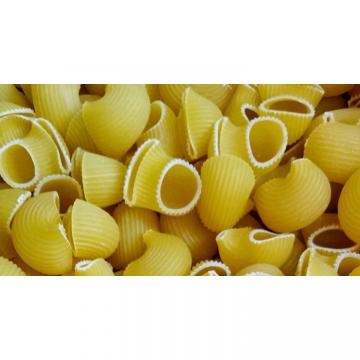

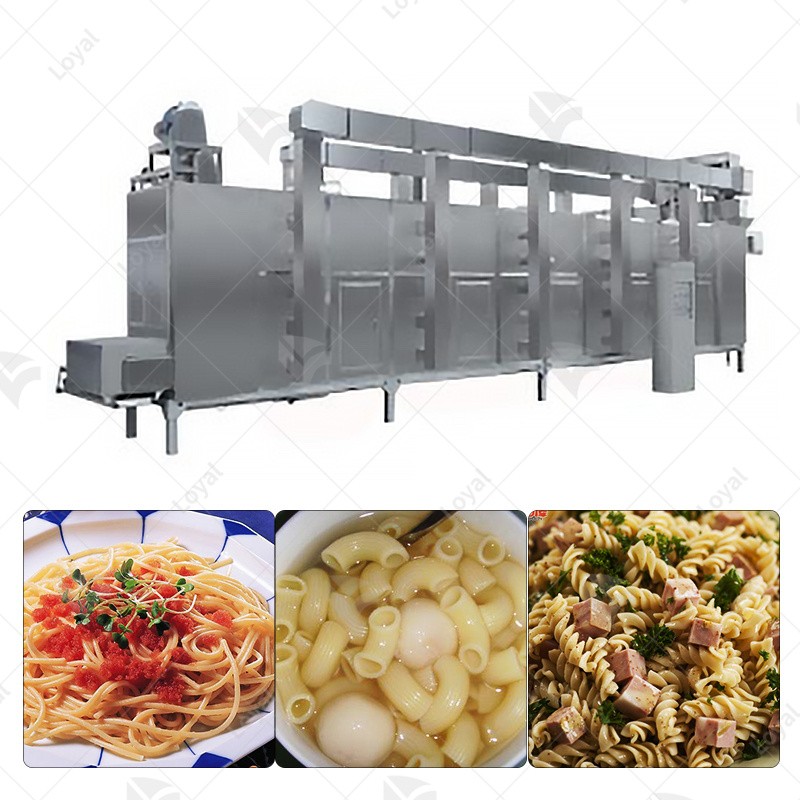

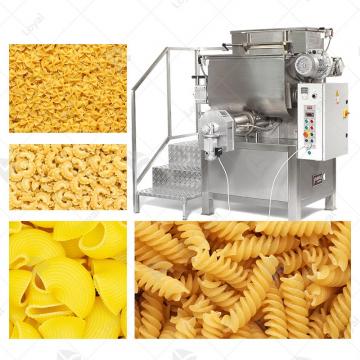
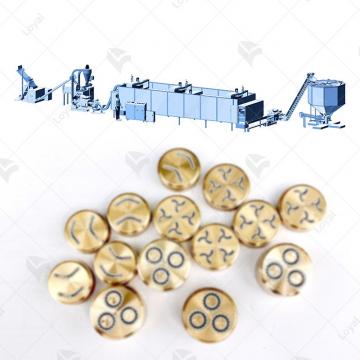 Short-Cut Pasta Production Line
Short-Cut Pasta Production Line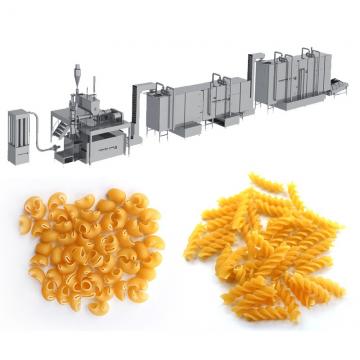 Vacuum Extruder Pasta Machine
Vacuum Extruder Pasta Machine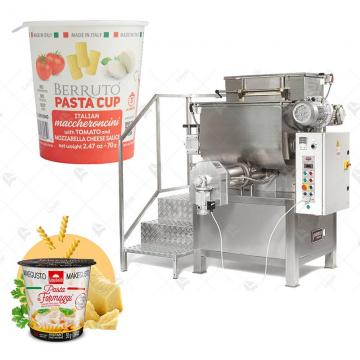 INSTANT PASTA CUP PRODUCTION LINE
INSTANT PASTA CUP PRODUCTION LINE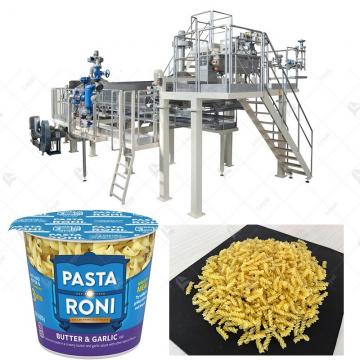 Instant Pasta Production Line
Instant Pasta Production Line